Tesla, Inc. is often hailed as the company that transformed the electric vehicle (EV) market and revolutionized the automotive industry. Founded in 2003 by engineers Martin Eberhard and Marc Tarpenning, Tesla’s journey from a small startup to the world’s leading electric vehicle manufacturer is nothing short of extraordinary. Led by the visionary Elon Musk, Tesla’s rapid rise has made it the poster child of modern automotive innovation. But what exactly were the key factors that allowed Tesla to grow from a niche electric car maker into a global leader in the EV space? Let’s explore how Tesla achieved its remarkable success.
1. Visionary Leadership and Entrepreneurial Spirit
One of the most significant driving forces behind Tesla’s success is its founder and CEO, Elon Musk. Although he was not one of the company’s original founders, Musk joined Tesla Motors in 2004 after leading an investment round that brought him on as chairman of the board. His leadership, vision, and aggressive strategy have played a pivotal role in Tesla’s success.
Musk’s bold vision was to accelerate the world’s transition to sustainable energy, and he was committed to achieving this by producing mass-market electric vehicles, rather than just small, niche products. His long-term thinking set Tesla apart from other electric vehicle manufacturers, who were mostly focused on producing small, impractical EVs. Musk’s determination to prove that electric cars could be both environmentally friendly and desirable in terms of performance, design, and luxury created a unique position for Tesla in the market.
Key Strategy: Musk’s “Secret Master Plan” outlined a multi-stage approach for Tesla, starting with high-end, expensive electric vehicles and gradually expanding to more affordable models. This strategy allowed Tesla to start with premium cars, such as the Roadster, before moving into more mainstream offerings like the Model S, Model 3, Model X, and Model Y.
2. Innovative Products That Challenged Conventional Thinking
When Tesla unveiled its first car, the Tesla Roadster, in 2008, it immediately shook up the automotive industry. The Roadster was a high-performance sports car powered entirely by electricity, capable of reaching speeds of over 200 miles per hour and boasting a range of 245 miles per charge—far better than any electric vehicle on the market at the time. The Roadster proved that electric cars didn’t have to be slow, impractical, or unattractive. In fact, it was the opposite—Tesla created an electric car that was exciting to drive, desirable, and groundbreaking.
Key Milestone Products:
- Tesla Roadster (2008): The Roadster set the tone for Tesla’s future by proving that electric cars could be fast, practical, and stylish. It demonstrated that electric vehicles were not just the future—they could already outperform traditional combustion vehicles in many ways.
- Model S (2012): The Model S sedan, with its luxurious design, cutting-edge technology, and incredible performance, raised the bar for what electric vehicles could achieve. Tesla’s innovations with autonomous driving technology (Autopilot) and the vehicle’s 370-mile range per charge created a new standard for electric vehicles.
- Model 3 (2017): The Model 3 was Tesla’s breakthrough into the mass market. Musk’s ambition was to make a more affordable electric vehicle, and the Model 3 delivered with a starting price that was much lower than the Model S. The car also featured Tesla’s signature performance, sleek design, and impressive range, making electric cars accessible to a much broader customer base.
- Model X (2015) and Model Y (2020): Tesla’s expansion into the SUV market with the Model X and Model Y was another key milestone. The Model X, with its distinctive Falcon Wing doors and impressive performance, redefined what an electric SUV could be. The Model Y, a more affordable electric crossover, has been a huge success, appealing to a broader audience looking for a family-friendly, electric vehicle.
Technology Integration: Tesla’s vehicles are not just about electric drivetrains—they are technology powerhouses. Tesla cars come equipped with Autopilot, which offers semi-autonomous driving capabilities, as well as advanced infotainment and safety features powered by over-the-air software updates. The integration of technology into the car-making process has given Tesla a distinct advantage over traditional automakers who rely on more conventional vehicle designs and production methods.
3. Giga-Factories and Vertical Integration
One of the key elements behind Tesla’s ability to scale its production and reduce costs was its vertical integration strategy. Unlike traditional automakers who rely on outsourcing many of the components for their vehicles, Tesla chose to build its own components, including batteries and electric drivetrains, in-house. This allowed Tesla to control the manufacturing process and reduce its dependence on third-party suppliers.
Tesla’s Gigafactories, massive battery production plants located around the world, have been central to this strategy. The first Gigafactory, located in Nevada, began operations in 2016 and was designed to produce batteries at an unprecedented scale, ultimately reducing the cost of battery production and making electric vehicles more affordable. Gigafactories have been crucial to increasing production capacity and lowering the cost per unit for Tesla’s vehicles.
Additionally, Tesla’s investment in renewable energy, including its acquisition of SolarCity, has allowed the company to provide a more holistic sustainable energy solution. Tesla is not just selling electric vehicles—it’s also selling energy storage solutions like the Powerwall and Powerpack, which have created synergies between its electric cars and clean energy products.
Key Factories and Expansions:
- Gigafactory Nevada (2016): This factory primarily produces batteries and electric drivetrains.
- Gigafactory Shanghai (2020): Tesla’s first factory outside the United States, which allowed the company to increase its footprint in China, one of the largest EV markets in the world.
- Gigafactory Berlin and Gigafactory Texas (2021): These factories represent Tesla’s continued push to expand its global manufacturing footprint, catering to the European and North American markets, respectively.

4. Aggressive Expansion and Global Appeal
Tesla’s rapid expansion into new markets played a significant role in its rise to the top of the EV industry. Tesla has quickly grown from a U.S.-centric company to a global player, with its vehicles now available in Europe, China, and several other regions. By producing cars locally in foreign markets (such as the Shanghai Gigafactory), Tesla has been able to avoid tariffs and production delays, significantly improving its international competitiveness.
Tesla also actively sought out international partnerships and incentives that made it easier to enter new markets. In China, for example, Tesla has taken advantage of government incentives and established a strong presence by building its own factory within the country, making it one of the first foreign automakers to do so.
Key International Moves:
- Expansion into China: China is the world’s largest electric vehicle market, and Tesla’s ability to manufacture cars locally in Shanghai has been a huge advantage. The Shanghai Gigafactory enables Tesla to serve Chinese customers more effectively while avoiding import tariffs.
- European Market: Tesla’s expansion into Europe has been facilitated by the Berlin Gigafactory, which will serve as a major production hub for Tesla’s cars in the region.
5. Branding and Consumer Loyalty
Tesla has done more than just build exceptional cars—it has created a cult-like following among consumers. Tesla owners are some of the most loyal customers in the automotive world, often serving as enthusiastic brand advocates. Much of this loyalty stems from Tesla’s emphasis on creating a unique, sustainable lifestyle that resonates with modern consumers. The company’s focus on cutting-edge technology, sleek design, and its commitment to sustainability has created a brand image that appeals to tech-savvy, environmentally conscious buyers.
The Tesla Supercharger network has been another key aspect of Tesla’s appeal. This network of fast-charging stations across the globe makes long-distance travel in a Tesla vehicle feasible, addressing one of the biggest concerns with electric vehicles: charging infrastructure. Tesla’s ability to provide its customers with an exclusive and efficient charging network has helped solidify its position as the leader in the EV market.
6. Breaking Through the Challenges of the Automotive Industry
Tesla has faced numerous challenges along its journey, including production delays, financial struggles, and skepticism from both the public and industry insiders. However, through relentless innovation, bold decisions, and unshakable confidence, Tesla overcame many of these challenges.
- Production Delays: The company’s “Production Hell” phase during the ramp-up of the Model 3 was a well-known challenge, with production bottlenecks threatening the company’s future. Elon Musk’s hands-on approach and unorthodox methods eventually helped Tesla break through the production hurdles.
- Financial Struggles: Tesla has faced significant financial challenges, particularly in its early years. Many believed Tesla was doomed to fail, but Musk’s ability to secure funding and attract investors has been key to the company’s survival and eventual profitability.
- Skepticism and Competition: Initially, many questioned whether electric cars could ever be mass-market products. However, Tesla’s continuous technological advancements and expanding vehicle lineup have proven the doubters wrong, and now many traditional automakers are scrambling to catch up with Tesla in the electric vehicle race.
7. Conclusion: A Vision Realized
Tesla’s journey from a startup to the global leader in electric vehicles is a testament to the power of visionary leadership, relentless innovation, and a commitment to sustainability. By focusing on creating groundbreaking products, expanding production capacity, and building a strong brand identity, Tesla has solidified itself as the dominant player in the electric vehicle market. Through a combination of factors—strategic product development, aggressive global expansion, vertical integration, and pioneering technology—Tesla has redefined what is possible in the automotive industry and continues to lead the charge toward a sustainable future. The story of Tesla is still unfolding, and with each new innovation, the company moves closer to achieving its mission of accelerating the world’s transition to sustainable energy.



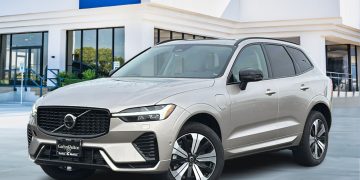


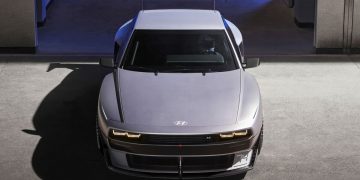


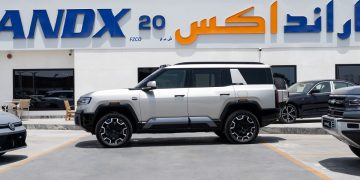

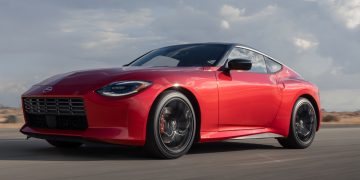
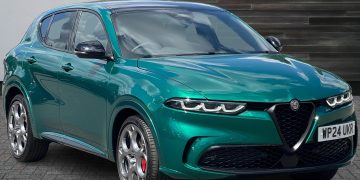





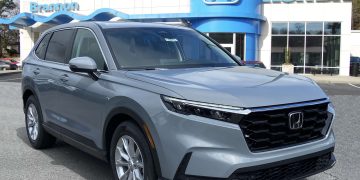


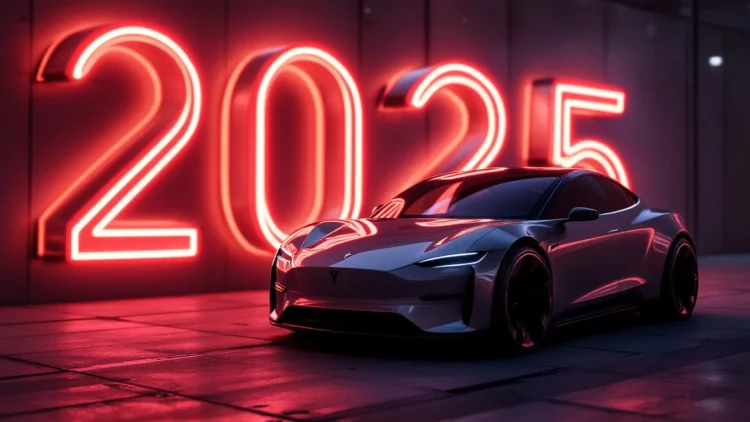












Discussion about this post